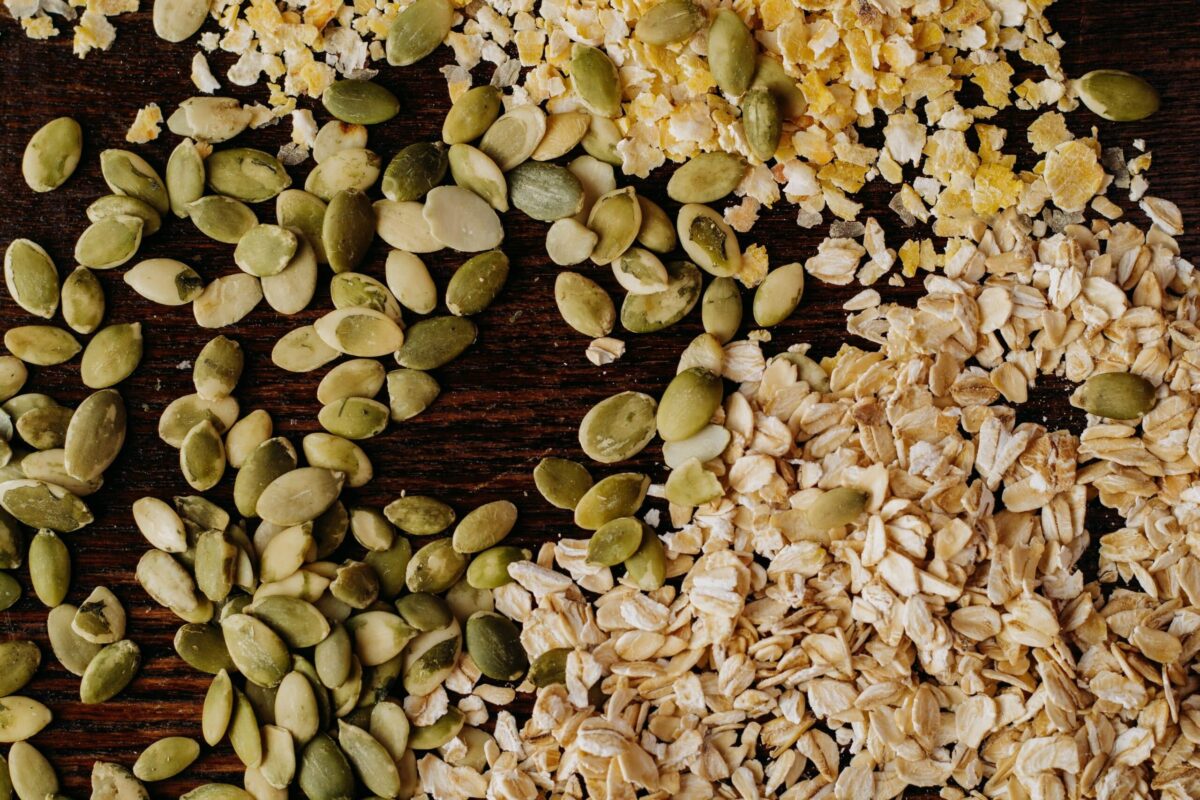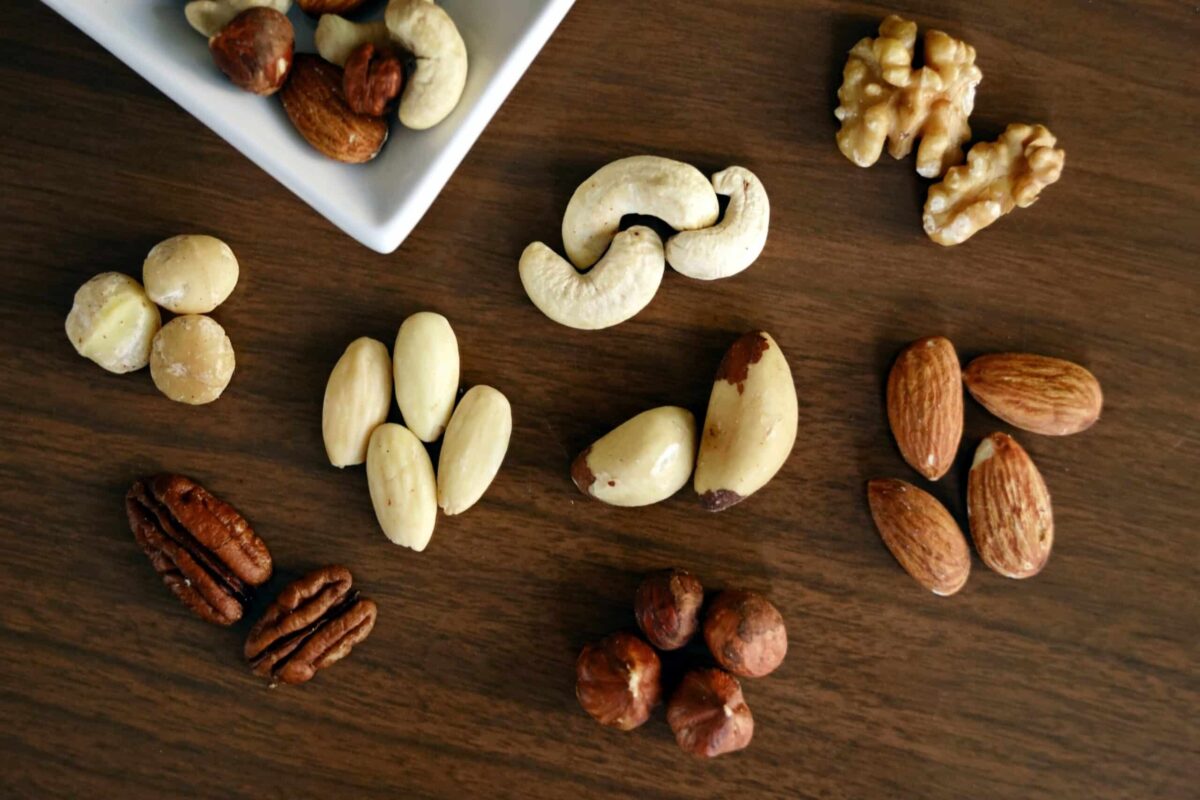
Since a few years the use of seeds in food has become very fashionable. Products that until very recently, we did not take into account or did not even know. Scientific studies assure that the seeds have exceptional nutritional properties.
It is important to know this type of superfood, since it can bring us important benefits in a very simple way. But it is not the same to talk about food in an adult person, than in a child. Especially if children are young, we must be very cautious when including certain foods in their diet.
What types of seeds do we find in our food?
When the term 'seeds' comes to mind, the concept of those little seeds forgotten in our food. There is a great variety and it is sunflower, pumpkin, wheat, flax, sesame, millet, etc.
The seeds
All these seeds should not be missing in the diet of everyone, included in the diet of the little ones. Although it seems like a very insignificant food, it contains numerous important nutrients within our food group. Contribute fatty acids the equivalent of fish, even provides football, much easier to absorb than that of animal origin and much iron and protein.
We are going to know the different types of seedsThis way we will know if they are indicated or not, in the feeding of our children. In this way we will be avoiding taking unnecessary risks, especially if we are talking about children.
Among the most popular seeds are:
- Chia seeds
- Flaxseed or flax seeds
- Poppy seeds
- Sesame
- Sunflower seeds
- Pumpkin seeds
- Fennel seeds
Among the properties that are among the nutritional values of the seeds, we have the antioxidants, large amounts of fiber, calcium, and plant proteins. The seeds contain a important source of Omega3 fatty oils. Very important for food.
Among all the seeds that we have listed, the most beneficial for feeding children would be sesame seeds. Due to their source of calcium and zinc, they are especially recommended for pregnant or lactating women, growing children and people with osteoporosis.
Therefore, we can say that it is not only advisable to use seeds in children's nutrition, but also it is highly beneficial for their development.
In the market we can find all kinds of seeds. So it is easy to have at home the ones that best suit the needs of each family.
In addition, the seeds can be consumed in a very varied way, so that you can offer them to children without hardly noticing that they are eating them.
You can include them in breakfast, in yogurts or even use them to make homemade bread and desserts. They are also a perfect accompaniment to all kinds of salads and purees.
Legumes and nuts
Within the group of seeds we must not leave aside the group of legumes or nuts. Although it may not seem like it, they are also seeds and it is also very important to include it in a child's diet, due to its incredible series of nutrients.
- Nuts: They offer a wide variety of nutrients, including vitamins, magnesium, minerals such as potassium for the muscles and the heart; calcium, for the formation of bones and teeth and to balance the nervous system.
- Legumes: they are also essential in the diet, they provide protein, iron, B vitamins and calcium.
When to introduce the seeds in the diet of children
Children must introduce this type of food from 6 months, although we will specify step by step.
The seeds
Taking small seeds can be taken without problem. The best option is that they are ecological and natural. They can be perfectly introduced into your diet in a crushed form, since they will greatly complement your diet. For example, pumpkin seeds are very rich in iron and magnesium. any seedIt can be introduced crushed in butter, creams, purees or porridge.
Ideas on how to prepare the seeds: In some muffins you can add a pinch of flax seeds, a few tablespoons of almond or walnut powder. It will provide a nice flavor, just like mixing it into homemade cookie dough.
also can introduce cereal type seeds varied in the yogurts, along with a few pieces of fruit. Flax seeds are ideal, due to their high nutritional value and pleasant taste.
Legumes
Legumes can be introduced from that age. A small amount of legumes should be administered in purees accompanied by greens and vegetables. It is good to do it this way to get the body used to new foods that are more difficult to ingest.
Dried fruits
Nuts also have their reason for being introduced into the diet of babies. It is recommended to offer them from 12 months, but you have to be very careful how you take them. Choking in children is usually more likely due to the intake of nuts.
So that they can take them with total guarantee they can be given crushed in any dish that is based on purées, or when you are going to make some type of pastry, such as cookies or biscuits and where they are crushed and camouflaged. It is not convenient to offer them when they contain salt or sugar.
In addition, It is a food that usually gives many allergies, but the fact that it is taken from one year reduces all the chances of developing an allergy in the long term. An allergy is nothing more than a confusion of the defensive system, which is activated by believing that there is an infection. If the child already eats nuts regularly, it is not recommended that they take them when they have a fever, diarrhoea, vomiting or when they need to be vaccinated. In this way we will not confuse the defensive system much more.
So do not hesitate to use this super food, it is highly recommended especially in the diet of adults. But do not hesitate to use it with children, as long as it is in a responsible way. So what do not use as a supplement to other foods, necessary for the proper growth of children.


